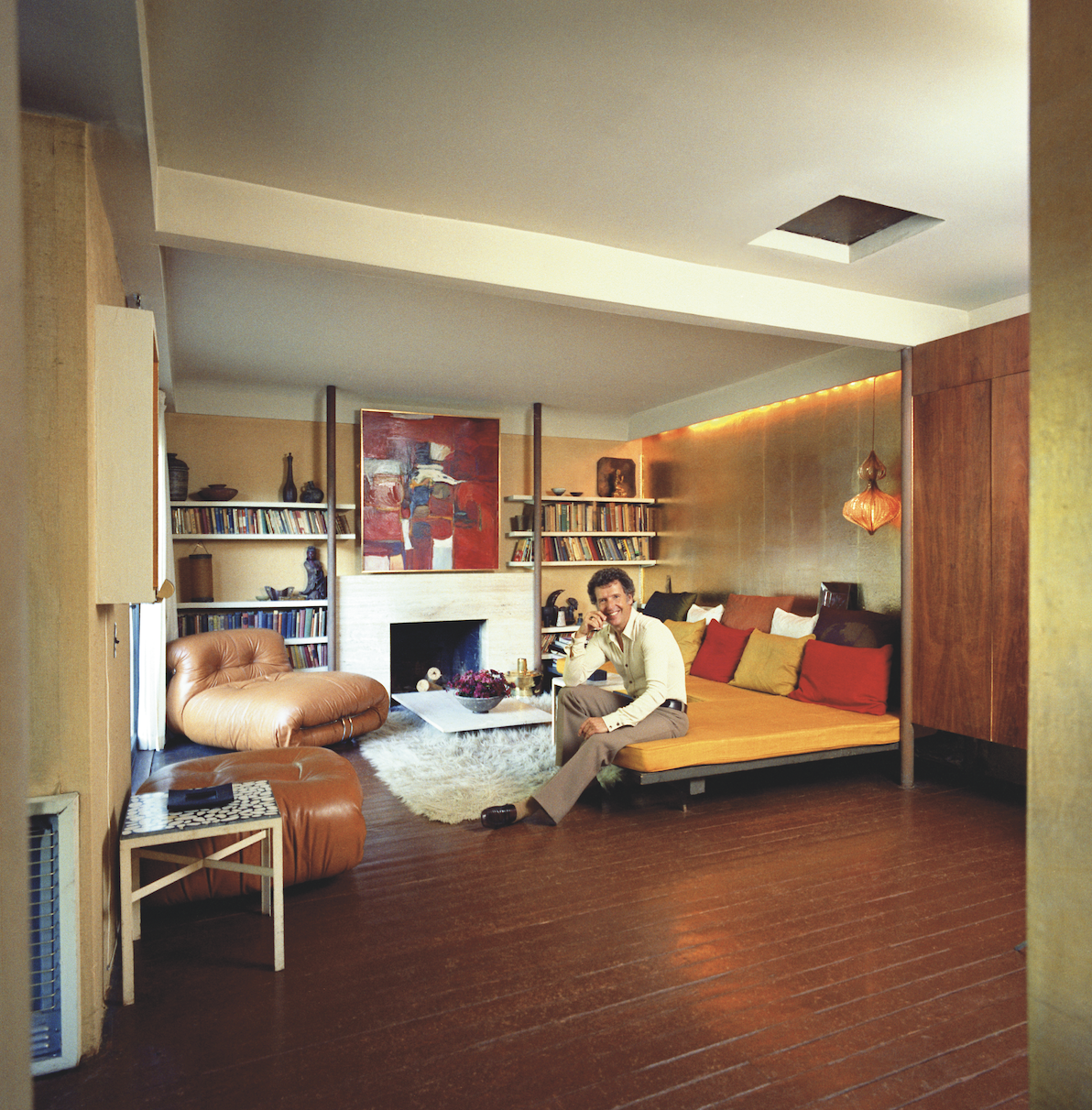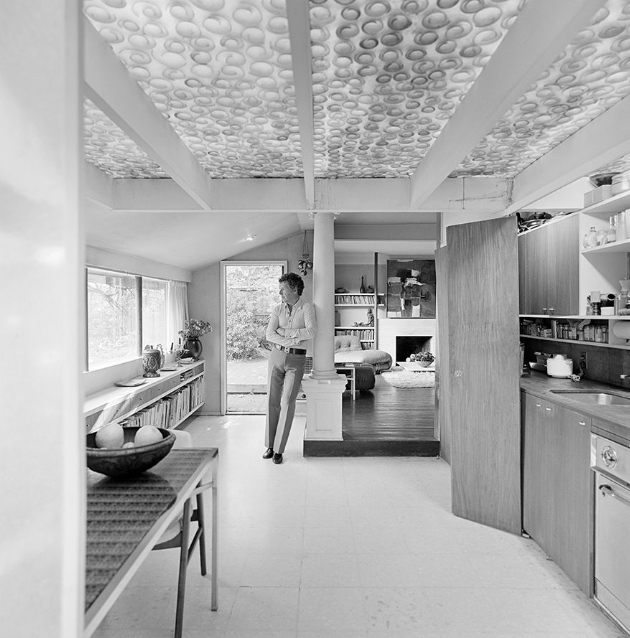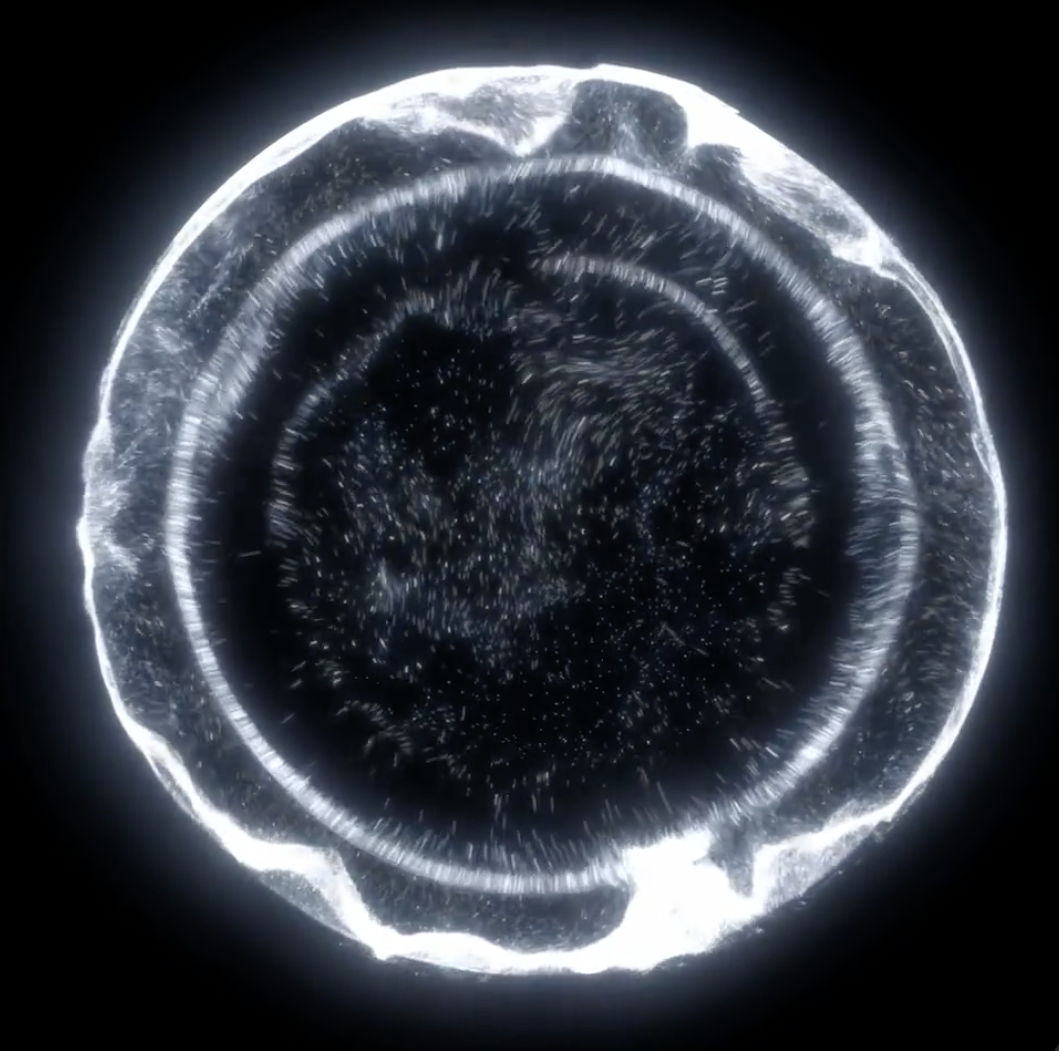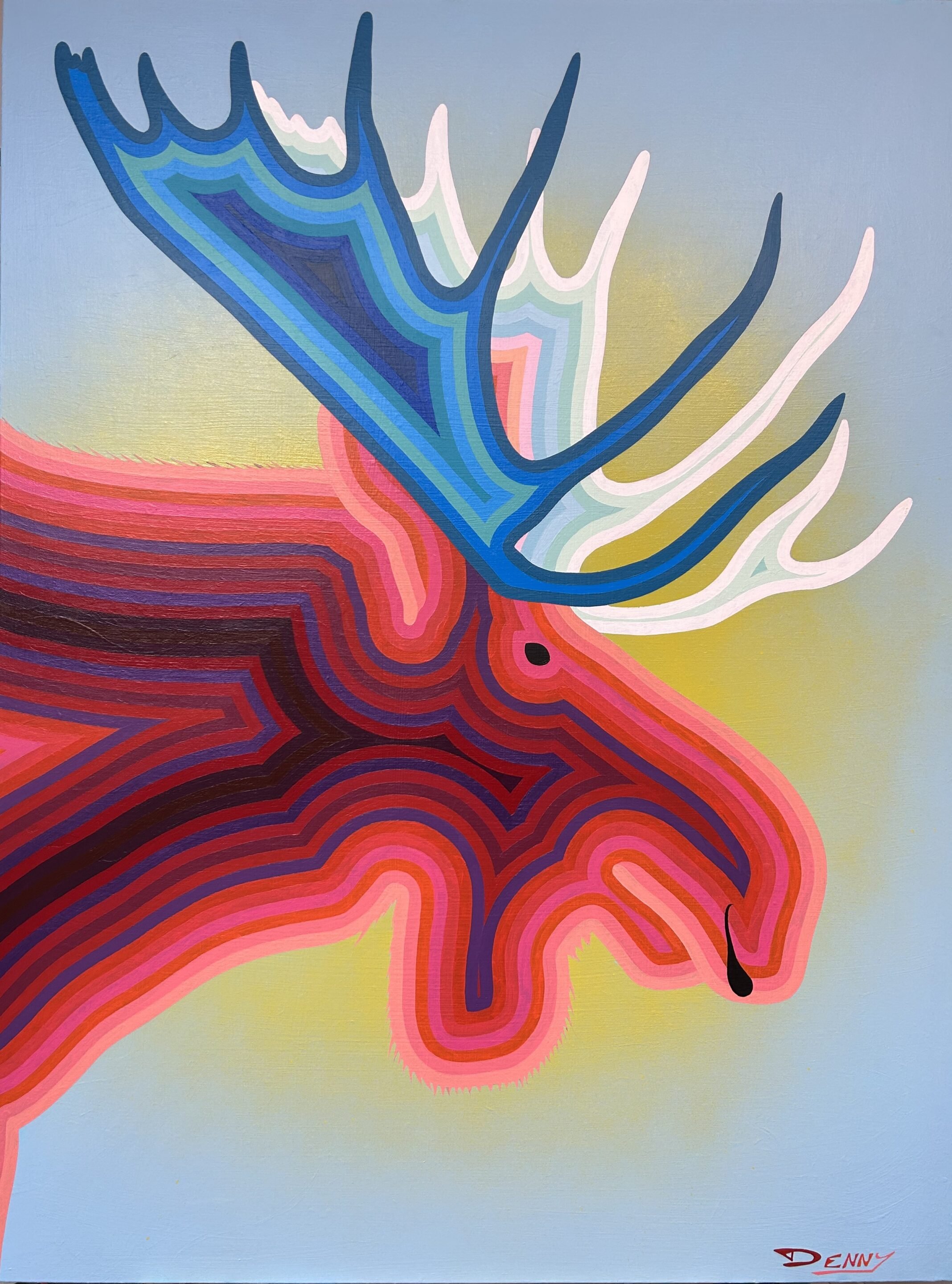A Refuge: Arthur Erickson is an immersive look at the revered late architect's personal comforts
West Vancouver Art Museum and Arthur Erickson Foundation copresent new exhibition that takes viewers into the icon’s home
Arthur Erickson. Photo by Selwyn Pullan, 1972, collection of the West Vancouver Art Museum
West Vancouver Art Museum and the Arthur Erickson Foundation present A Refuge: Arthur Erickson at the West Vancouver Art Museum to July 20
STEP INTO THE West Vancouver Art Museum right now and you’ll enter Arthur Erickson’s living room. The visual-arts venue has recreated this area of the revered late architect’s home for its new exhibition, A Refuge: Arthur Erickson.
Presented by the West Vancouver Art Museum in collaboration with the Arthur Erickson Foundation, the exhibition explores Arthur Erickson in the context of his home in Point Grey, where he lived from 1957 to 2009.
There are books, pottery, and figurines from around the world, an L-shaped bench to sit on, an untitled Gordon Smith painting that was the focal point of Erickson’s living room, and other personal items from his abode.
“This is a really exciting project for us,” says Hilary Letwin, co-curator of the exhibition with architect Clinton Cuddington, AEF board director. “We are all familiar with Arthur's big public projects and even with some of the more spectacular private residences that he designed over the course of his career. And for us and for the Arthur Erickson Foundation, we were looking to present a little bit of a deeper, more nuanced view of Arthur, and through a very particular portal.
“We and the foundation are looking for people to dig a little deeper into Arthur and appreciate that there was this sort of shiny, glitzy, public side of him, but there was also this really intriguing private side of him that we think is well communicated through his objects and his books,” Letwin says.
Born in 1924 in Vancouver (the exhibition marks his centenary), Erickson didn’t intend to become an architect upon graduating from high school; he went to UBC with a plan to work in diplomatic service. During World War II, he was assigned to the Canadian army’s intelligence-gathering unit, working in India, Ceylon, and Malaysia, where he became interested in Eastern art and philosophy. He later happened upon an article about Frank Lloyd Wright and was so impressed and intrigued that he decided to study architecture himself. Upon graduating from McGill University’s School of Architecture in 1950 with a travel scholarship, he journeyed throughout the Mediterranean, the Middle East, and Japan.
Erickson taught architecture at the University of Oregon and then at UBC. Well-known for his domestic architecture, he earned national acclaim for his competition-winning design for Simon Fraser University, created with his partner Geoffrey Massey in 1963. Other commissions included Robson Square, the Museum of Anthropology at UBC, the Canadian Chancery in Washington, D.C., and the Museum of Glass in Tacoma, Washington, among many others around the globe. Erickson, who won numerous awards for his work and was a member of the Order of Canada, died on May 20, 2009 in Vancouver.
Arthur Erickson. Photo by Selwyn Pullan, 1972, collection of the West Vancouver Art Museum
His 680-square-foot Point Grey house on a large lot was converted from conjoined garages and had a small Japanese-style garden. “When I moved into this house, in 1957, I was teaching architecture at the University of British Columbia and collecting pottery,” Erickson is quoted as saying in Edith Iglauer’s 1981 book Seven Stones: A Portrait of Arthur Erickson, Architect. “The things that surrounded me were more important to me…architecturally, this house is terrible, but it serves as a refuge, a kind of decompression chamber. The nice thing about the garden is that I started it and it’s been doing its own thing ever since.”
With the exhibition’s recreated living space, the curators are offering an immersive experience.
“We want people to sit and get close to the objects and to look at the objects and to read the book titles,” Letwin says. “We've selected books from his library that are very emblematic of his interests. He read very widely. He was described as a deeply curious person who was always collecting information. This is just a very small cross-section of his books. There’s everything from art in Japan to the erotic art of the old masters to books about theosophy and philosophy and different religions.”
Anchoring the exhibition are 42-inch-by-42-inch photographs by Selwyn Pullan of Erickson in his home, from West Vancouver Art Museum’s collection. The images are from two different photo shoots: one in 1965, which are primarily of his garden, and another in 1972, which are taken indoors. In the photos, Erickson is surrounded by objects that he collected during his extensive travels, giving an intimate glimpse into his personal life. There are Chinese porcelains and bronzes, as well as South Asian textiles and sculptures. There’s a beloved Buddha’s head, which is also on display as part of the exhibition, as is a tall standing Buddha garden statue.
“We're able to present a slightly different, slightly more intimate view of Arthur the man,” Letwin says. “He shaped so much of our urban landscape through so many of his projects, and to be able to glimpse him through this different portal is really special. It’s his home; it’s where he would go for respite.”
A Refuge: Arthur Erickson also features an architectural model of the site of his home, which sat on two 233-foot lots that he joined together. A wall bears swaths of fabric and other materials that were found in his dwelling. Check out the curlicues of cedar that have been put through a planer, then pressed between two pieces of plastic; in the photographs, you can see how this was used on his ceilings and some doors. There’s chrome and gold paint, which he also used throughout in his personal space.
The final area of the exhibition holds some of Pullan’s photographs of Erickson’s garden and the views seen from inside the home.
“Just like every other aspect of the house, the garden was very carefully considered by Arthur,” Letwin says. “It was definitely a refuge for him, a place that he loved deeply and spent so much care and attention on. But it was also a place for entertaining. We've heard some amazing stories of legendary parties that took place in this particular garden.” ![]()














